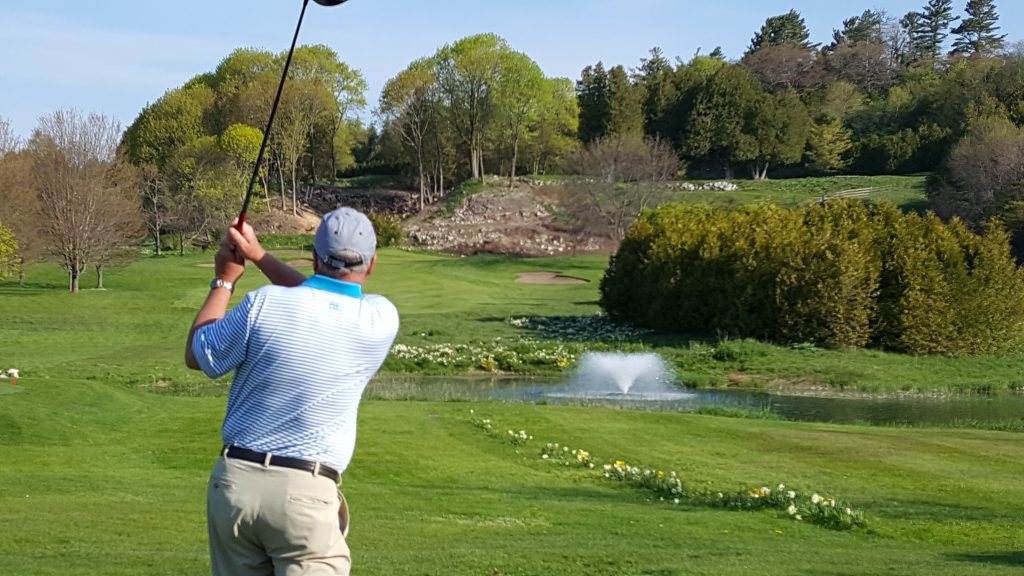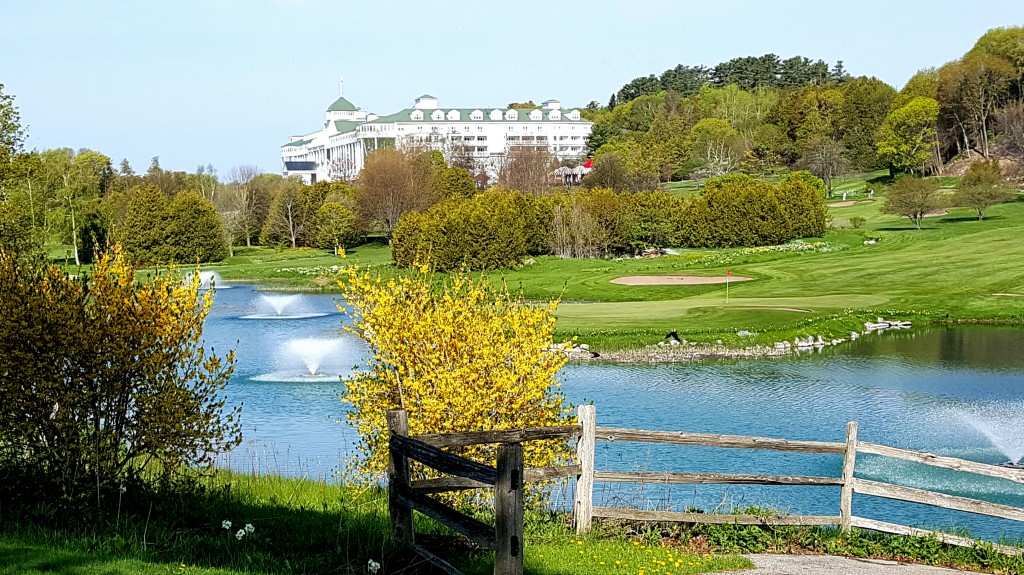
 MACKINAC ISLAND, Michigan – There’s a lot of reasons why people take the 20-minute boat ride from Mackinaw City or St. Ignace to Mackinac Island from May through October every year. The Island is an interesting place. It’s different, and not just because of the boat ride required to get there.
MACKINAC ISLAND, Michigan – There’s a lot of reasons why people take the 20-minute boat ride from Mackinaw City or St. Ignace to Mackinac Island from May through October every year. The Island is an interesting place. It’s different, and not just because of the boat ride required to get there.
Visitors – up to 15,000 a day during peak times – want to check out the elegant Grand Hotel – even if they don’t spend the night there. They like the shopping and dining options. They like the bike, carriage and horseback rides. They like the historical attractions, notably Fort Mackinac. The list goes on.
Very few visitors consider playing golf a high priority when they head for the Island, but maybe they should – especially the very serious golfers.
Mackinac has a course like no other, one that’s well worth checking out. Its Wawashkamo nine-holer is one of the very few unvarnished courses left from the pre-1900 era when American golf got its start. Golf historians say there are only about a half dozen courses throughout the entire U.S. that have been preserved as close to their original state as Wawashkamo.
The course that its aficionados simply call Wawa was built in 1898 on land that was already historical. A battle in the War of 1812 was fought there and a tree that was on the premises way back then – it was estimated to be 200 to 220 years old when it fell down a few years ago – is still eulogized on the course.

A group of Chicago guys who had cottages on the Island were looking for things to do on their visits, and a golf course was good for starters. They brought in Alex Smith, a Scotsman who was greenskeeper of the Washington Park course in Chicago, to design a one. Smith visited the Island and did a preliminary design before focusing on playing. He went on to win the U.S. Open twice.
The Chicago gang decided on the Indian-inspired name, which means “Crooked Trail.’’ Smith’s design underwent some changes in its early years but it remains very much like the one that Smith designed, and that makes it very historically significant.
“But,’’ said Chuck Olson, the head pro at Wawashkamo for the last five years, “hardly anyone knows it’s there.’’
Motorized vehicles are extremely limited on Mackinac Island, so Wawashkamo’s players get to the course by walking, riding a bicycle or – most of the time these days – taking a horse-drawn carriage ride that takes about 20 minutes from the Grand Hotel.
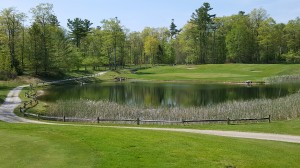
In the early years players built their own tees, using sand and water, and you can still do that on the first tee at Wawashkamo. You can also rent clubs from Hogan that are from the pre-1935 era. (I did both). Modern day clubs, balls and tees are used by most of the players now however.
They take on a course that has nine holes but can be played as an 18-holer thanks to the availability of alternate tee placements. As an 18-holer the course measurers 5,949 yards. It features cross bunkers and chocolate drops (which are piles of stones) as hazards. Most unusual, though, is the Circus Ring that surrounds one of the greens. In the early years the ring was made up of high grass. It was there to force golfers to loft their approach shots. That became a problem because the golfers who couldn’t do that couldn’t find their balls in the grassy Circus Ring.
Now the “ring’’ is simply a roped off area around the green, and golfers aren’t allowed to set foot in that area.
Olson resides in a house a few steps from the clubhouse, so rarely leaves the premises until the winter weather sets in. He doesn’t get much company from players, since the course gets only about 5,000 rounds a year – from May to October – but Wawashkamo has about 120 members who enjoy the social life there. The outings that Olson organizes for them are a big reason the club can survive financially.
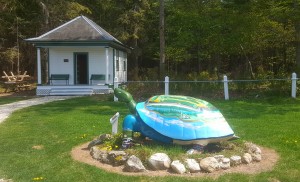
Olson obviously enjoys his job, but he’ll never be around as long as Frank Dufina, one of his predecessors. Dufina was Wawashkamo’s head pro from 1904 until 1967. That’s believed to the longest run by any pro at one club. Olson has carried on the Wawashkamo tradition.
“It’s a great place that has existed for 118 years with little change, and we are very interested in continuing to be good stewards to allow the club to have many more years as a great example of 19th century golf,’’ said Olson.
Mackinac Island has more golf than that offered at Wawashkamo. It’s hard to see most of the holes, though, because they’re off the beaten path. The holes that are easily visible comprise the front nine of the Grand Hotel’s course, which is called The Jewel.
The Jewel is no modern day marvel, either. The front side dates back to the 1920s. Now called the Grand Nine, it was one of the umpteen designs of Tom Bendelow. He inexplicably is not in the World Golf Hall of Fame, but his creations dominated the courses built in the early years of American golf.
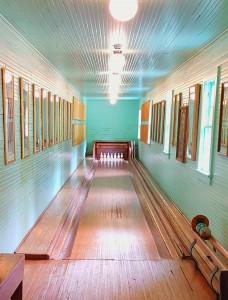
Bendelow designed the Grand Nine across the street from the Grand Hotel, which opened in 1887. His nine has views of Lake Huron and Round Island. Unlike Wawashkamo, however, the Grand Nine was renovated by Michigan architect Jerry Matthews in 1987 and Matthews designed a second nine, called The Woods, in 1994. The Woods has views of the Straits of Mackinac and the Mackinac Bridge.
Those two nines are over a mile apart, so a carriage ride of about 20 minutes is required to play all 18 holes.
Jason Horlicks, the head pro for 17 seasons, says The Jewel gets about 14,000 rounds a year, many coming from corporate outings.
“That’s not bad, considering the short season we have and the fact that we close at 6 p.m. each day,’’ said Horlicks. Daylight is available until 9 p.m. for much of the six-month season, and the other courses in Michigan take full advantage of that, but the schedule of events at the Grand Hotel necessitates shorter hours for The Jewel.
The Grand Nine is shorter and tighter than the Woods and both have nice finishing attractions. Together they form a 5,457-yard par-67 course from the back tees. Those going just nine holes can stop off at the Jockey Club for post-round socializing and The Woods concludes in front of the even more unique Bavarian-style restaurant of the same name. The Woods restaurant includes Bobby’s Bar in addition to full-service dining and the oldest duckpin bowling alley in the U.S. is also located in the clubhouse.
.